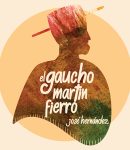
Gaucho Martín Fierro
El Gaucho Martín Fierro es un poema narrativo argentino, escrito en verso por José Hernández en 1872, obra literaria considerada ejemplar del género gauchesco. – Summary by Wikipedia [chương_files]
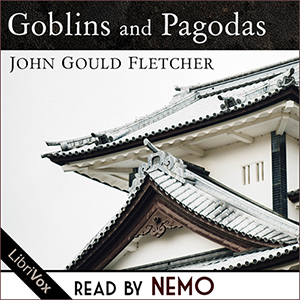

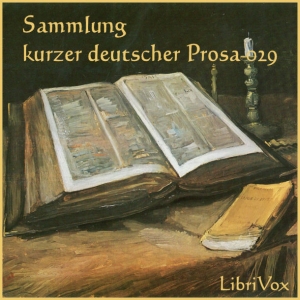
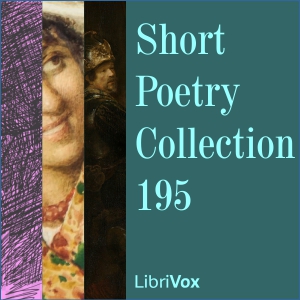


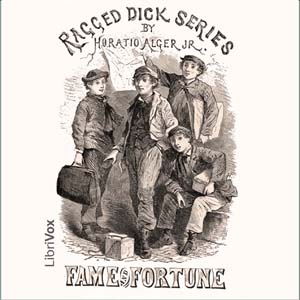



El Gaucho Martín Fierro es un poema narrativo argentino, escrito en verso por José Hernández en 1872, obra literaria considerada ejemplar del género gauchesco. – Summary by Wikipedia [chương_files]
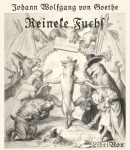
Reineke Fuchs ist ein Epos in zwölf Gesängen. Goethe gab dem Werk stark spöttische, mitunter boshafte Züge; sein Epos kann durchaus auch als Kritik des höfischen Lebens gelesen werden, das er gut kannte. (aus Wikipedia) [chương_files]
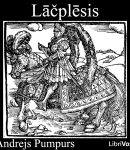
Lāčplēsis is an epic poem by Andrejs Pumpurs, a Latvian poet, who wrote it between 1872-1887 based on local legends. Lāčplēsis is regarded as the Latvian national epic. The poem recounts the life of the legendary hero Lāčplēsis, chosen by the gods to become a hero of his people. His name means “Bear-slayer”. At the castle of Lord Aizkrauklis, he spies on the activities of the witch Spīdola(Spīdala), who is under the control of the Devil, and the holy man Kangars, who is in reality a traitor plotting to replace the old gods with Christianity. Lāčplēsis meets and falls in love with the maiden Laimdota and becomes friends with another hero, Koknesis (“Wood-bearer”). Further adventures separate the lovers and bring Laimdota to Germany, but Lāčplēsis becomes lost in the Northern Sea, where he is welcomed by the daughter of the North Wind. In his dangerous journey home from the Northern Sea, he fights monsters and is reunited with Laimdota. They return home and celebrate wedding, but the heroes soon set off to fight the German crusaders. Kangars finds out the secret of Lāčplēsis’ strength and treacherously reveals it to the Germans. In a seemingly friendly tournament Lāčplēsis is overpowered by the Black Knight, they both fall into Daugava river and disappear. (Summary adapted from Wikipedia by Kristine Bekere) [chương_files]
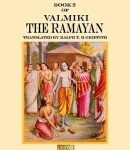
The Ramayan(a) is an ancient Sanskrit epic. It is attributed to the Hindu sage Valmiki and forms an important part of the Hindu canon (smṛti). The Ramayana is one of the two great epics of India, the other being Mahabharata. It is the story of Rama, who embarks on an epic journey followed by the fight with Ravana, the demon king who abducted Rama’s wife, Sita. The epic depicts the duties of relationships, portraying ideal characters like the ideal servant, the ideal brother, the ideal wife and the ideal king. (Introduction by Om123) [chương_files]

There are few modern poems of any country so perfect in their kind as the “Hermann and Dorothea” of Goethe. In clearness of characterization, in unity of tone, in the adjustment of background and foreground, in the conduct of the narrative, it conforms admirably to the strict canons of art; yet it preserves a freshness and spontaneity in its emotional appeal that are rare in works of so classical a perfection in form. The basis of the poem is a historical incident. In the year 1731 the Archbishop of Salzburg drove out of his diocese a thousand Protestants, who took refuge in South Germany, and among whom was a girl who became the bride of the son of a rich burgher. The occasion of the girl’s exile was changed by Goethe to more recent times, and in the poem she is represented as a German from the west bank of the Rhine fleeing from the turmoil caused by the French Revolution. The political element is not a mere background, but is woven into the plot with consummate skill, being used, at one point, for example, in the characterization of Dorothea, who before the time of her appearance in the poem has been deprived of her first betrothed by the guillotine; and, at another, in furnishing a telling contrast between the revolutionary uproar in France and the settled peace of the German village. The characters of the father and the minister Goethe took over from the original incident, the mother he […]
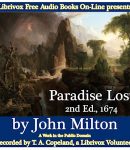
As Vergil had surpassed Homer by adapting the epic form to celebrate the origin of the author’s nation, Milton developed it yet further to recount the origin of the human race itself and, in particular, the origin of and the remedy for evil; this is what he refers to as “things unattempted yet in prose or rhyme.” After a statement of its purpose, the poem plunges, like its epic predecessors, into the midst of the action, shockingly bringing to the front the traditional visit to the underworld, for Satan’s malice is the mainspring of the negative action. But at the center of the poem lies the triumph by the Son of God over the angelic rebels, which counteracts Satan’s evil design. To preview this pattern, the fallen angels’ council in hell is counterbalanced by a council in heaven, in which the Son offers himself as a scapegoat for mankind long before the original sin has been committed. With this background, the narrator introduces us to Eden and our “Grand Parents.” Satan is detected spying on them and is expelled from the garden, after which God sends an angel to tutor Adam and Eve in the history of the heavenly war that has led to the present situation. At Adam’s request, the heavenly guest then recounts the creation of the visible world, explaining also the proper nature of development, whereby all things proceed from lower to higher by refining that which nourishes them. Satan, however, returning in the form of a […]
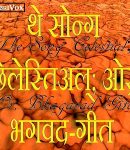
This work is a unique rendering of the Bagavad Gita by a well known poet. It is faithful to the text and yet does not read like a translation.The Sanskrit original is written in the Anushtubh metre. It has been cast into flexible blank verse by Sir Arnold, changing into lyrical measures where the text itself similarly breaks. In his autobiography, Gandhi has called this work the book par excellence for the Knowledge of Truth and that it afforded him invaluable help in his moments of gloom. (Summary by Jothi) [chương_files]
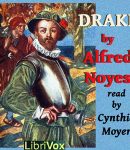
Alfred Noyes, in the blank-verse epic “Drake”, fictionalizes the historical Francis Drake, who, during the reign of Elizabeth I of England, sailed (and plundered) on the Spanish Main and beyond. (Summary by Cynthia Moyer) [chương_files]
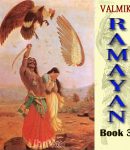
The Ramayan is an ancient Sanskrit epic. It is attributed to the Hindu sage Valmiki and forms an important part of the Hindu canon (smṛti). The Ramayana is one of the two great epics of India, the other being Mahabharata. It is the story of Rama, who embarks on an epic journey followed by the fight with Ravana, the demon king who abducted Rama’s wife, Sita. The epic depicts the duties of relationships, portraying ideal characters like the ideal servant, the ideal brother, the ideal wife and the ideal king. (Introduction by Om123, with much Wikipedia help) [chương_files]
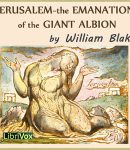
The epic poem Jerusalem was in Blake’s own opinion his masterpiece. It is the last of the great prophetic books. Originally produced as an engraved book of 100 pages (only one copy of which was every fully finished in the colouring), the poem develops and unifies many of the themes Blake had been exploring in earlier works. It is a complex and powerful work, full of dramatic imagery and sublime poetry. You might think of it like a poetic version of a Wagner opera. The edition read here is the first printed version of the poem – which was impossibly hard to read in the original. This then was the first opportunity to really explore it. However in his introduction Blake implies that the way to experience this work is to read it aloud rather than in your head. I can only agree, and I can also understand why few will do it. Although, somewhat inevitably, it is hard to do justice to the original, I hope this will give a flavour of this neglected gem. (Introduction by Nick Duncan) [chương_files]
Copyright © 2024 | FreeAudible